~~~ NOTE: I write captions on many of the photos. Please click on them to view them in full screen to read the captions. ~~~
~~~ Unless stated otherwise in the caption, all photos belong to me~~~
~~~ Unless stated otherwise in the caption, all photos belong to me~~~
On November 23rd, I went to Yatsushiro City for their annual Myoken Festival (妙見祭). This large festival is one of the three great festivals in Kyushu. In fact, it's designated as an intangible folklore cultural asset by Kumamoto Prefecture. The festival was started almost 400 years ago in 1636.
On November 22nd, the shintai (a sacred object that houses a diety) is transferred into a divine palanquin and transported from Yatsushiro Shrine to Shioya Hachimangu. This process is called o-kudari. On November 23rd is the o-nobori, the procession of the palanquin along with a parade of shishi-mai (lion dance), mythical creatures, kasaboko floats, shinme (sacred horses), kazariuma (decorated horses), and people dressed up as footmen, porters, and other villagers of the past. This procession is what everyone comes to see. During the festival, many dances and performances are held on the dry river bed of the Tosaki river to a large crowd of people.
| The only down side to the festival is the unfortunate tradition of getting horses wildly drunk and agitating them until they stampede through the crowds of people. While today I don't think they can give the horses sake, you still unfortunately see plenty of horses being riled up until they quite literally start foaming at the mouth and run like mad. The men then try to desperately cling to the horse as it wildly gallops through the water. FUN! |
Well anyway, here are a few notable parts of the Myouken Festival.
| Mikoshi Each year, priests and priestesses from 10 different shrines come to the Myoken festival to transport a divine palanquin, or mikoshi from Yatsushiro Shrine to Shioya Hachimangu. The palanquin houses a sacred object that holds a part of a kami inside. It is said that the lord of Yatsushiro castle, Tadaoki Hosokawa, called for the creation of the mikoshi in 1635 and even drew the dragon on the ceiling himself. |
| Kasaboko The parade floats, know as kasaboko, were introduced to the festival some time around 1681 - 1687. These were carried by common every day villagers and were a very popular addition. Each of the nine floats represents a district of the old castle town. From the festival website, "The basic structure of kasaboko consists of three parts: the undercarriage (dai), the column standing upright in the center (hashira), and the octagonal plane parasol (kasa) placed on top of the column. The column consists of a hollow cylinder (sotobashira) and the column placed inside the cylinder (uchibashira). “Kasa” is placed on top of the uchibashira, which supports the entire weight of kasaboko except that of the under carriage with that one point of the column end. The framework of “kasa” is made of three different wooden parts. In addition, architectural decorations/sculptures or engravings/Mizuhiki-maku (curtains) are placed on kasaboko." |
| Game Another popular part of the festival is the large Game (pronounced in Japanese as gah-meh). The Game is a mythical creature that is half snake half turtle. It was introduced some time between 1681 - 1689. Men stand underneath the Game and will spin and shake the beast wildly, much to the entertainment of the crowd. There's also a children's version that's much smaller and much cuter. |
| Shishi-mai The festival is also famous for its Lion Dance (shishimai). In 1691, a merchant named Kanshichi Izakuraya introduced it to the festival as an easy version of the dance he saw at the Suwa Shrine Festival a few years before. The best part is that it's good luck for the lion to bite your head. So you'll often see parents thrusting their baby's head into the mouth of the lion. |
| Villagers One of the greatest parts of this festival is that an incredible number of participants dress up in traditional clothing. In the past, this festival heavily involved the local villagers. And so the modern iteration of this festival includes a large menagerie of volunteers dressed in traditional garb. |
Below are more photos of the event. First up are my photos of the nine kasaboko.
As I said previously, this festival has a very questionable history with the treatment of horses. The strangest thing to me is that these horses are supposed to be sacred. And yet the main goal is to make them really really upset. Ahhhh, traditions! Whatever, I was a dirty heathen and took pictures with them anyway!
Here are some more random photos from the festival, including a lot of the fun outfits I saw while walking around.
Some of the food from the festival.
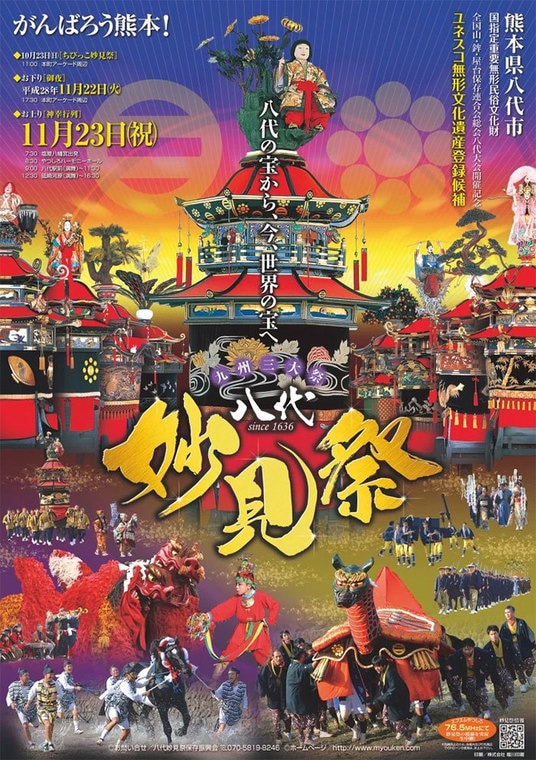
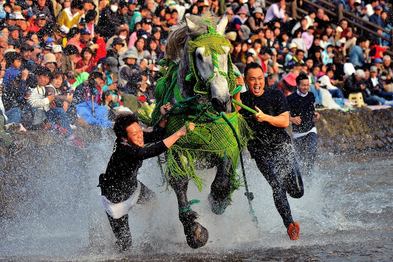
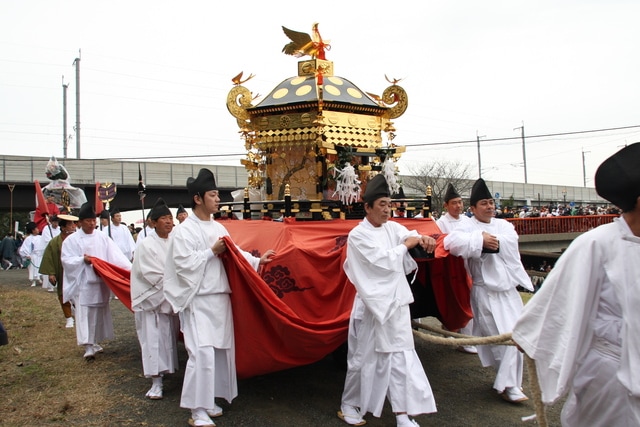
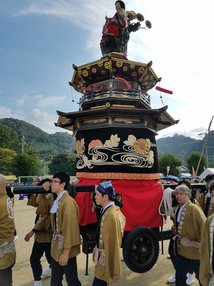
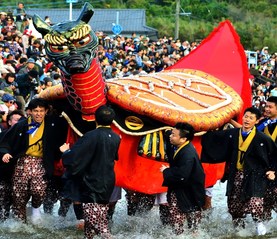
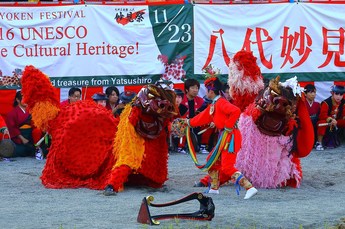
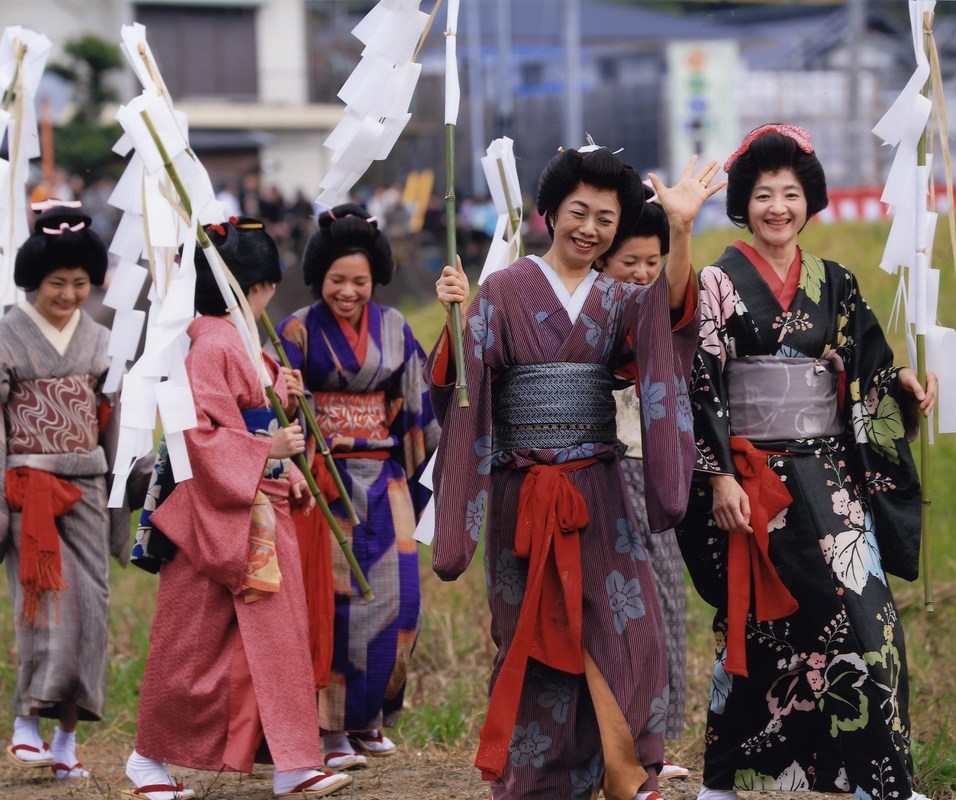
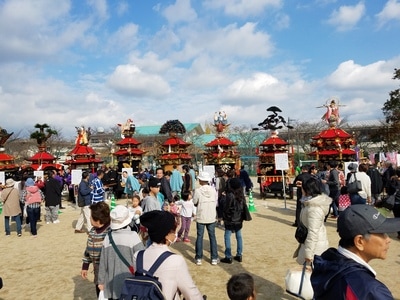
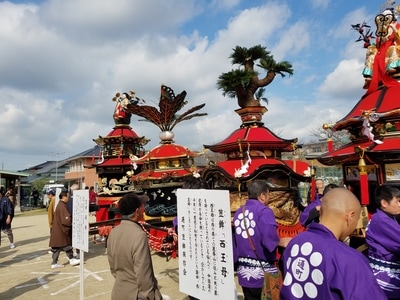
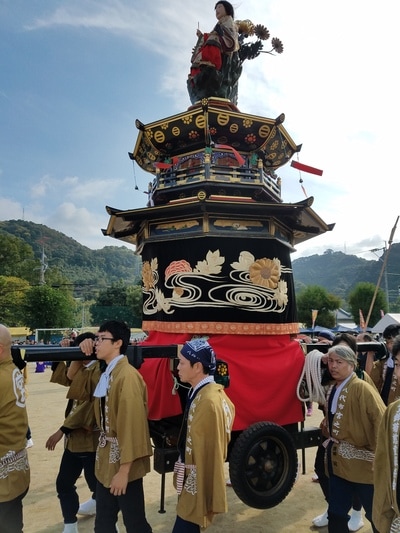
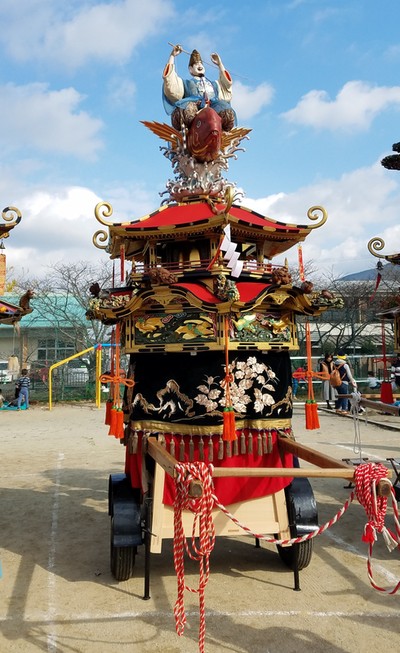
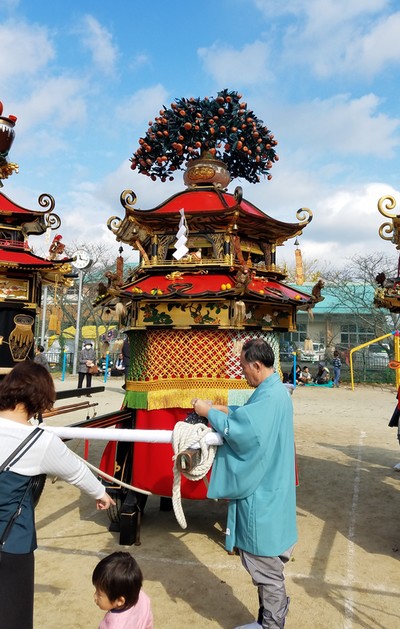
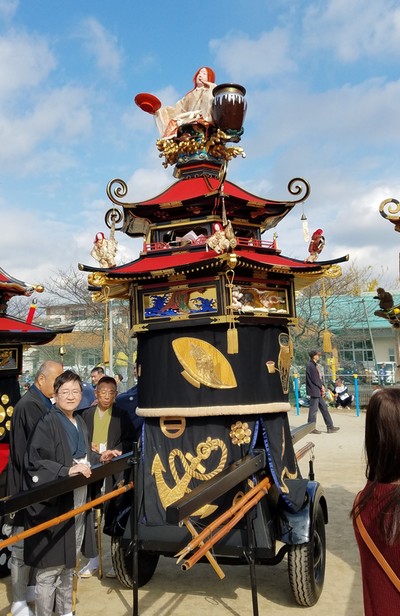
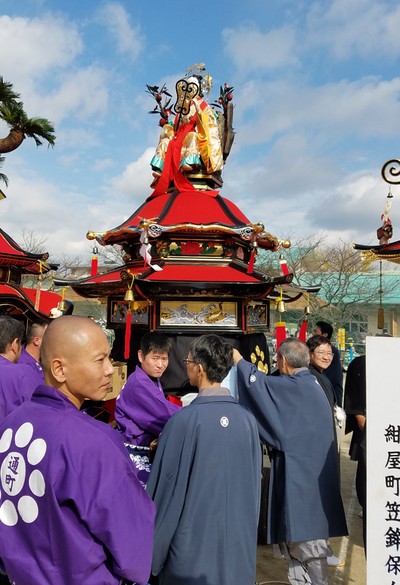
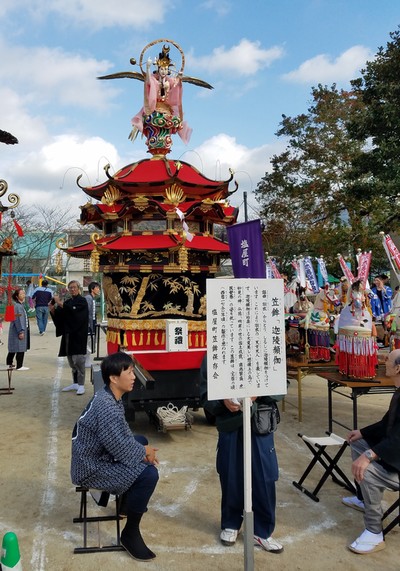
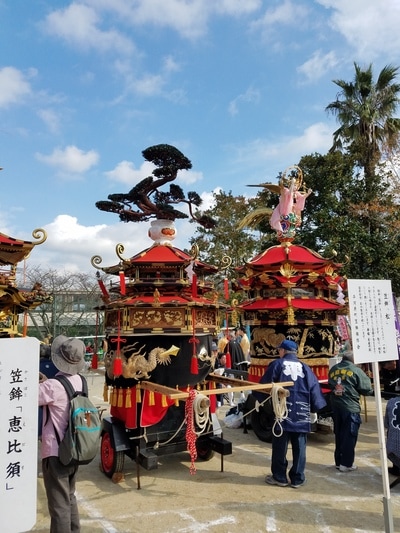

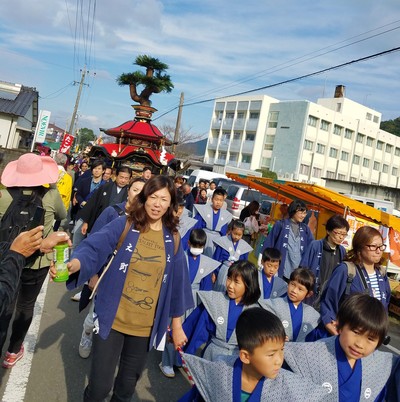
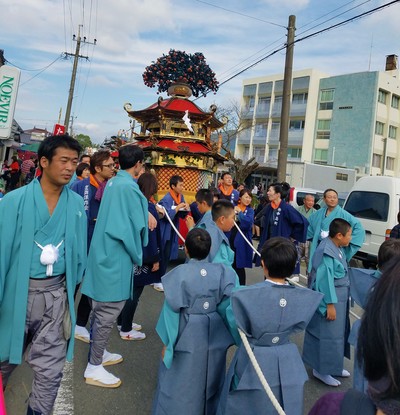
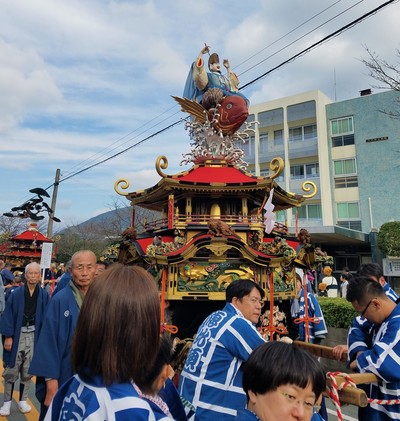
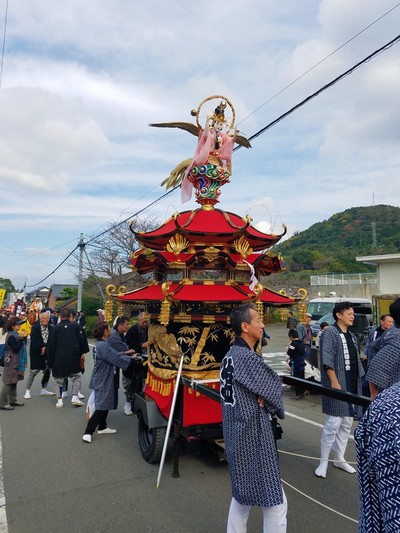
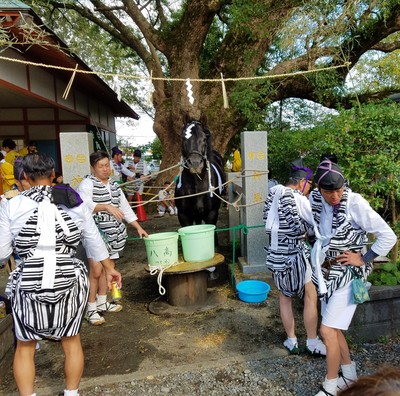
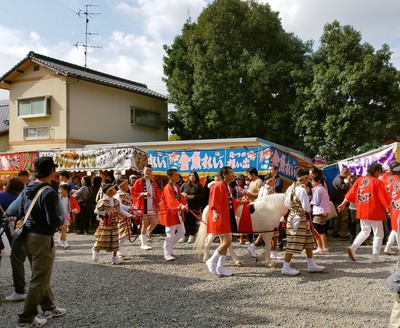
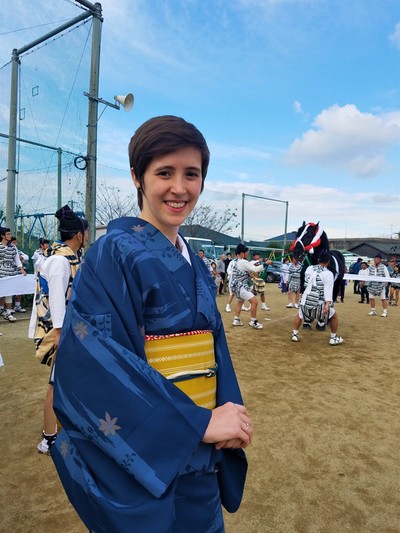
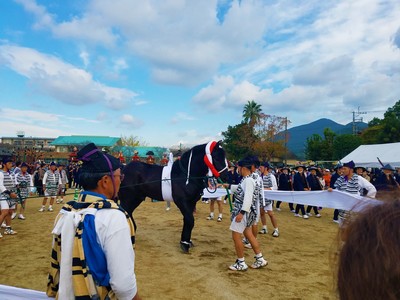
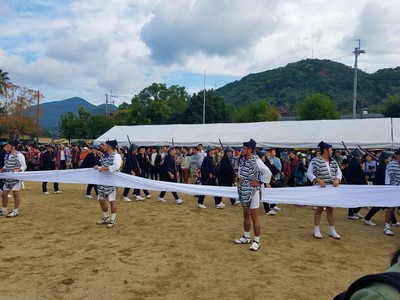
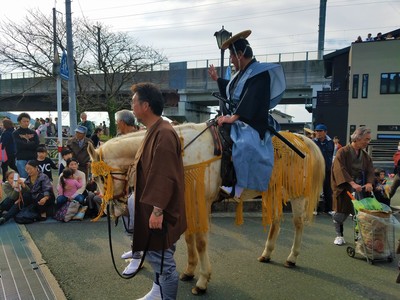
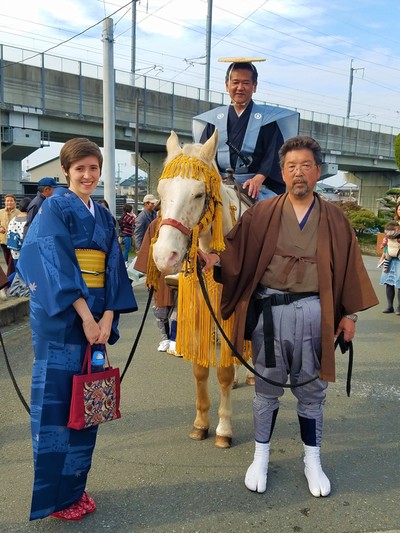

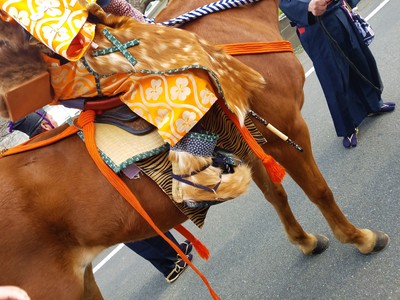
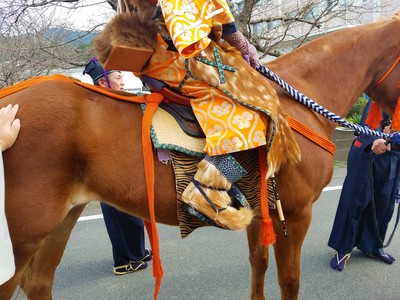
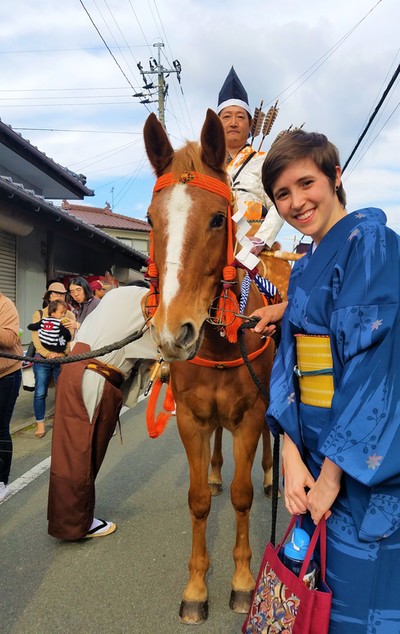
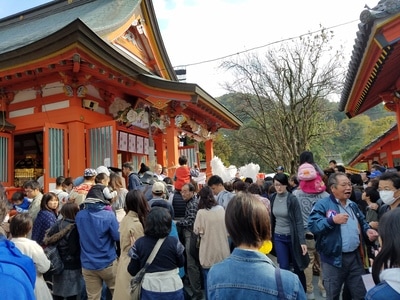
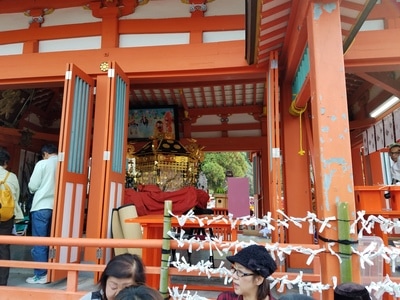
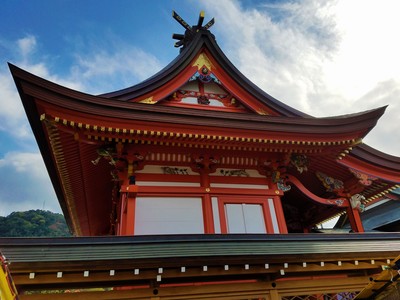
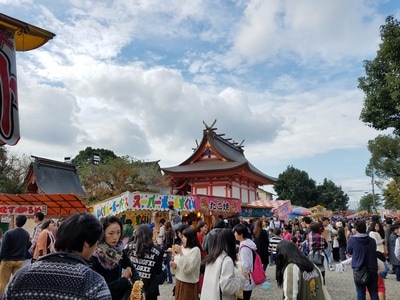
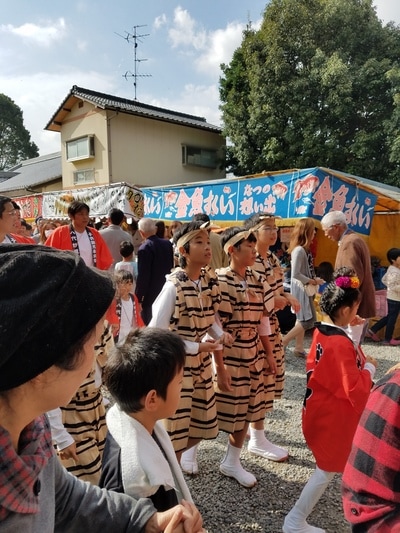
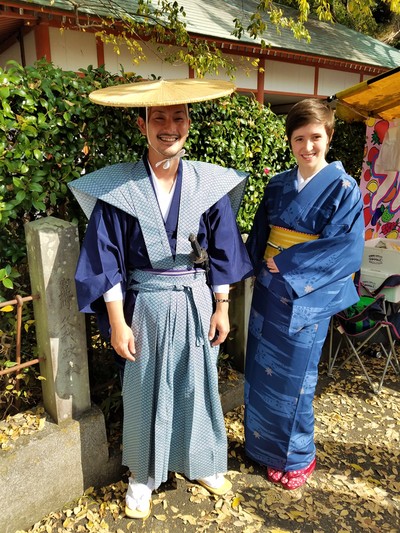
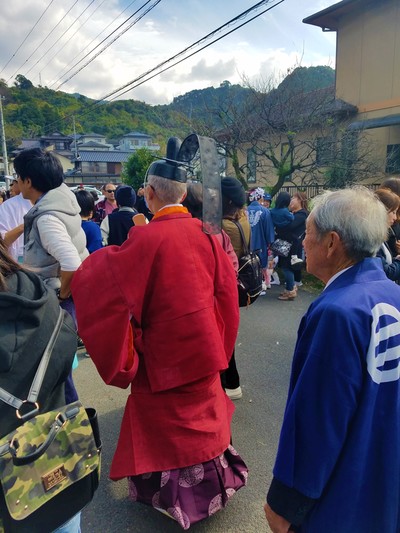
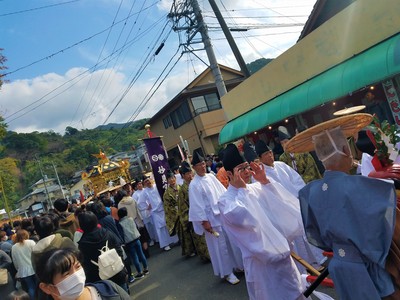
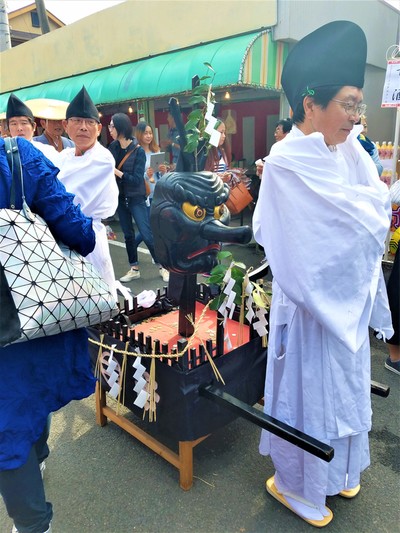
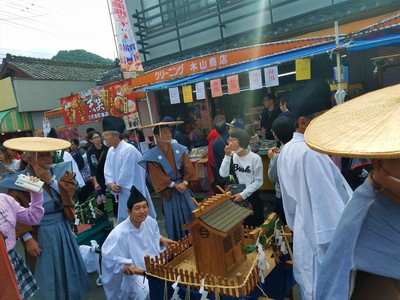
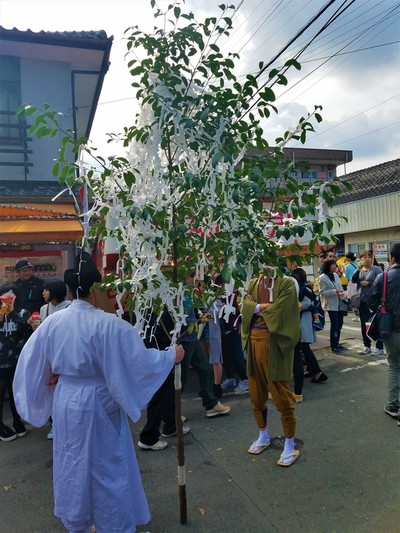
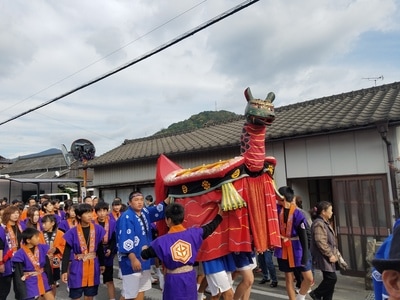
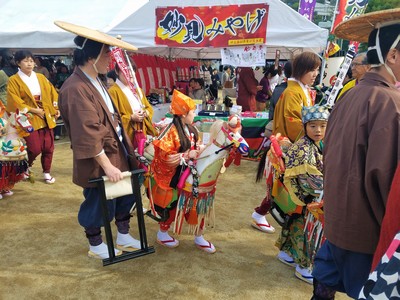
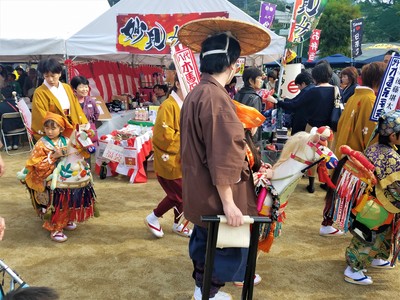
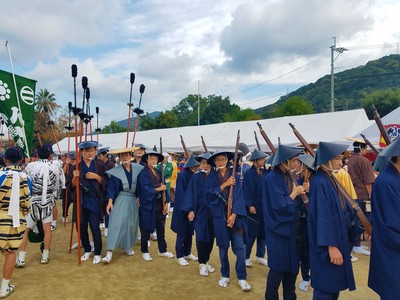
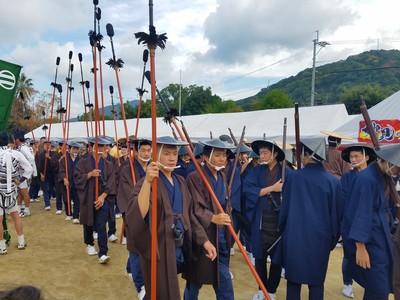
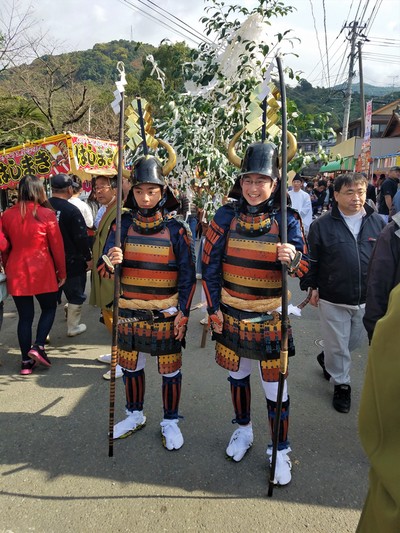
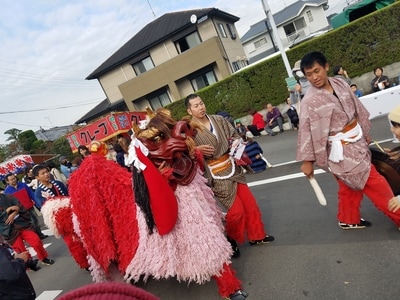
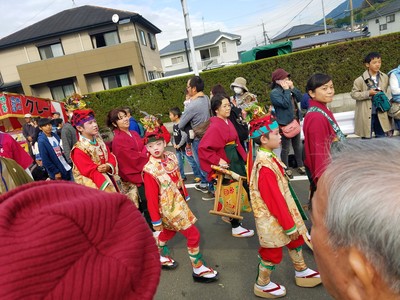
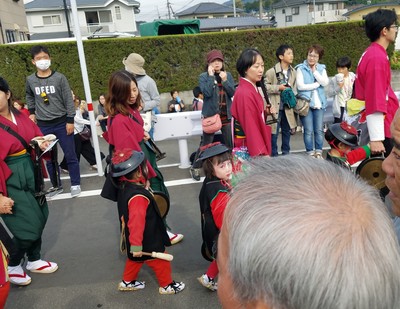
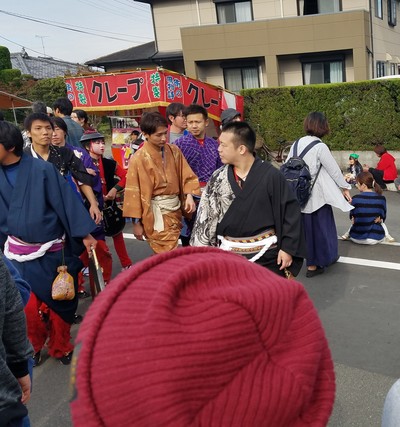
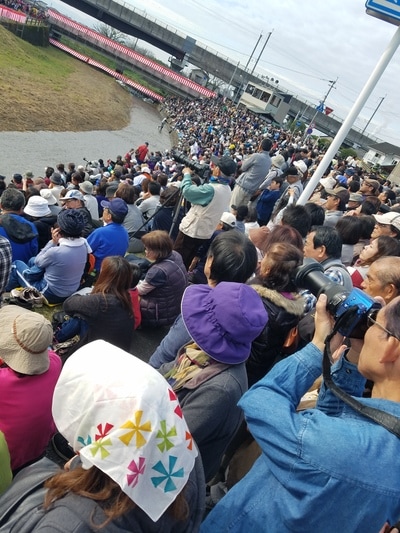
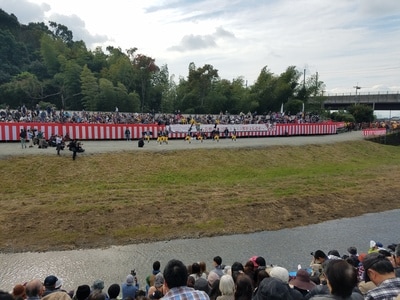
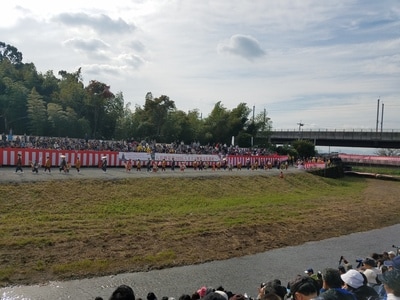
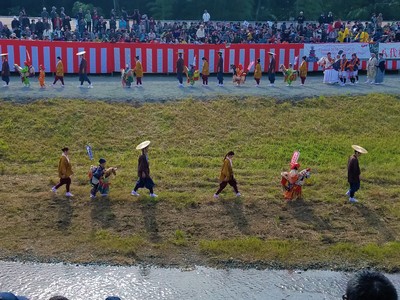
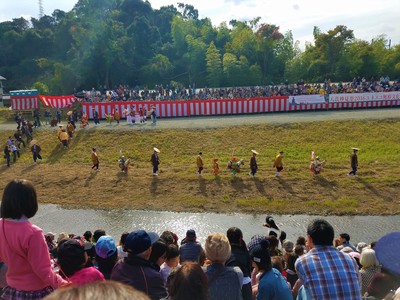
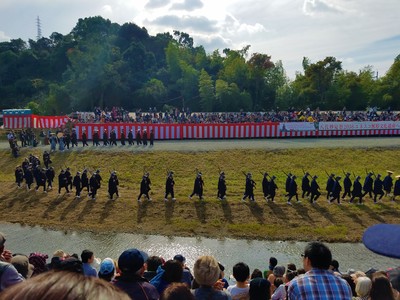
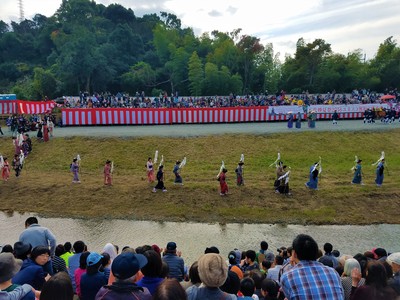
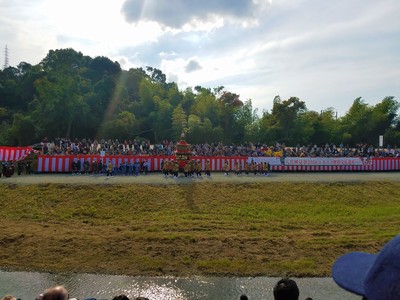
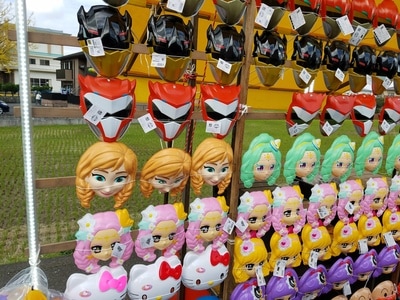
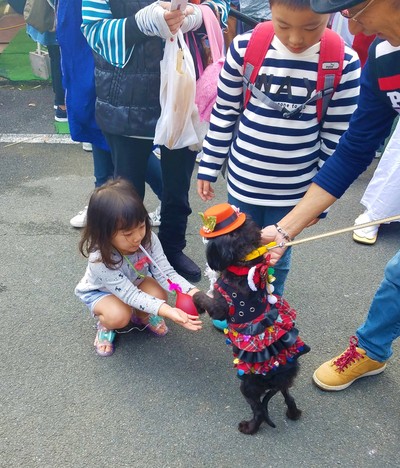
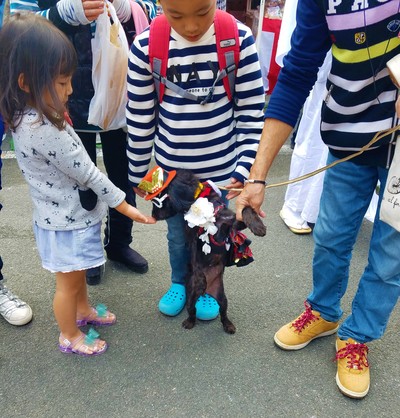
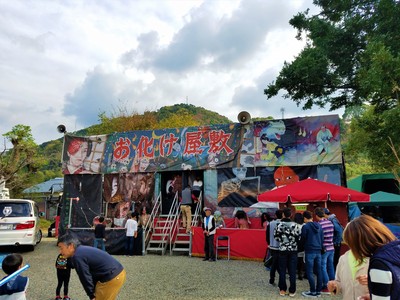
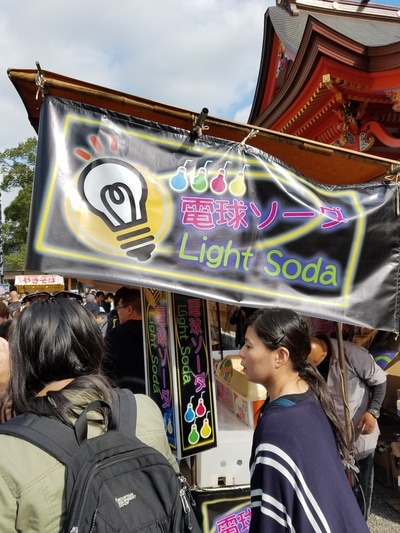
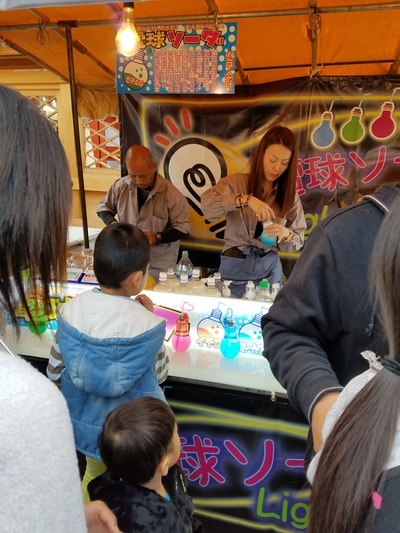
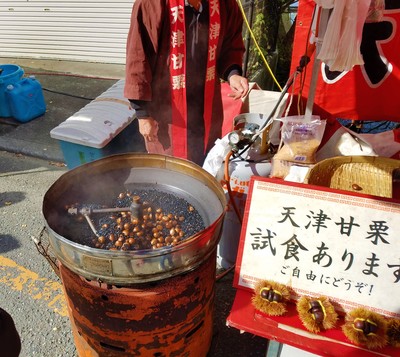
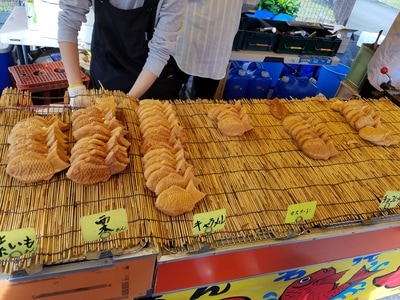
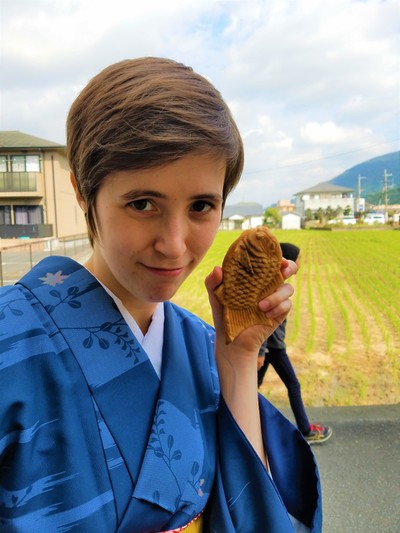
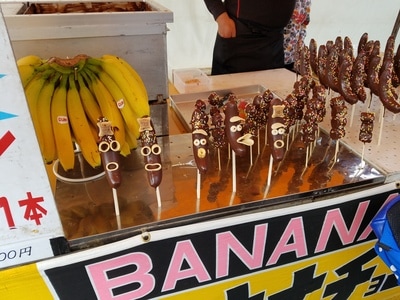
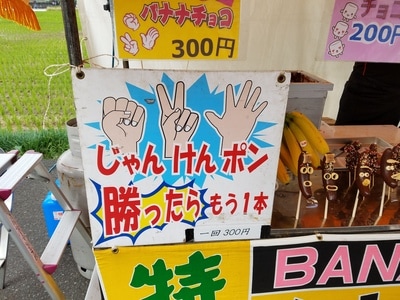
 RSS Feed
RSS Feed
